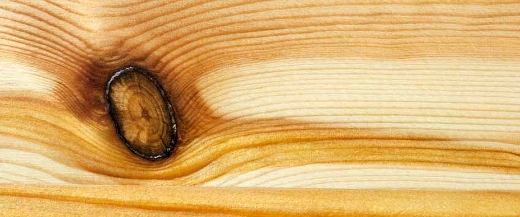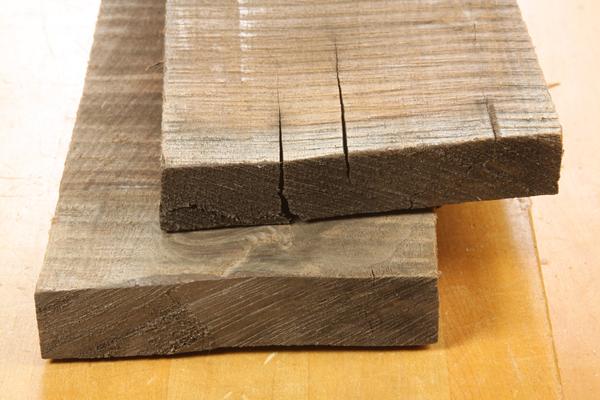Indian Wood Carvings: Traditions and Cultures
The positive and negative impact of deforestation
Part 1/2 - Part two will be published next Monday.
Mother Earth, and every living creature that depends on its captivity – from the smallest living organism to the largest living sea creatures rest on a very crucial element which is balance. A sole, intense harmless disturbance that would hinder balance has different outcomes that are two-way. It can be both advantageous and disadvantageous. One of these elements is the so-called DEFORESTATION.
Forest, the lungs of the planet
What is Deforestation? Basically, deforestation has been a household name especially in a lot of developing countries. It has made a great impact to the development of civilization as we know more of it at this point in time. Unluckily, a lot of the ill effects of deforestation are caused by inappropriate agricultural and farm practices, greed, neglect and ignorance of government.
Why forests are essential to mankind? Aside from its natural beauty, forests are in-charge and accountable in sustaining and maintaining global ecosystem. To tell you the truth, a lot of the quality of life we are experiencing as of the moment, we owe it to the forests. It is also considered as the habitat of nearly more than half of all the organisms and creatures in this planet.
From the staple element, food to herbal medicines and other components of survival, forests supplies the human kind a plethora of gifts that give significant immeasurable amount to our way of life.
Now let us pay attention on the advantages of deforestation. It is basically dependent on the needs of the social community concern; deforestation has helped communities to be built. Forests are the key ingredients in building residential houses, factories, and buildings. Government has the capacity to construct roads to make transportation and trade faster and a lot convenient to people. This turn is the realization of the development of each community.
On the other hand, deforestation can also be regarded as the conversion of forest land to productive land destined for poultry and agricultural components. The outcome is an efficient and plentiful production of material and food, seemingly avoiding periods of needs and lack. On the economical side, deforestation has contributed a lot in supplying communities the chance to make positive changes in their way of living. But, it is not advantages at all. There is a counterpart disadvantage of reforestation and the negative consequences of it will surely make a big impact in the world.
On the next article, we will tackle the negative consequences of deforestation and how the world reacts to rampant deforestation. What are the impact, isolated or not, of deforestation, not only to the way of living, but to humankind as a whole. You will be able to see in the next article that the disadvantages far outweigh its advantages. The effects are seriously scary.
It is one of Kaltimber missions to promote an eco-friendly and sustainable way of using wood materials to protect our forest.
How to Identify Lumber Defects
It is every persons wish to use the best lumber they could find for their woodworking project, however it is not easy to identify which lumber has defects and which not. Sometimes, there are minor factors that we ignore and later that same minor causes a major damage. Therefore, to help you guys ease some pain; here are a few common lumber defects that you can identify during your next woodworking project.
Wood Knots
Everyone must have seen a wood knot on a lumber; these are the most common defects you can find in lumber. Although, they don’t particularly cause any major damage, they do prove difficult for woodworkers using hand tools. Also, wood knots fall out in time; mixing epoxy with sawdust is the easiest way to solidify the knot. However, it is still considered better to avoid them altogether.
Sapwood with Insect Holes
Sapwood is the inside part of the tree that is responsible for transportation of water and minerals in trees. Hence, this part of the tree is very nutritious and a perfect place for insects and worms to live their lives. Therefore, make sure that your wood is free of any insect holes and worms.
Common Movement Defects
CF our articles from February 27, 2017
These defects generally occur due to lack of proper storage and piling techniques. When wood lumber is not stacked, sealed and dried properly, it tends to bend in all directions and is hence called Movement defects. There are mainly four types of movement defects namely Cup, Twist, Bow, and Crook.
Cupping and Twisting occurs when the wet boards aren’t properly stacked. In cupping, the board turns into a cup like shape, while twisting is where the board ends are twisted in different ways. It takes a lot of time to plane out the boards which are cupped or twisted and so it is not really recommended to buy them. Make sure you examine the boards you are buying properly to avoid any boards that fall in this category.
On the other hand Bowing and Crook are similar to each other. In bowing the boards change their figure to a bow like shape and in crook the same thing happens, but the arc is made the other way. Sometimes bowing can be much difficult to fix than cupping and twisting while fixing crook is a lot easier.
Wood Checking
Checking is a situation where the lumber dries too quickly or unevenly. In this case, the dried boards generate cracks that travel along the board and are hence, best to avoid. If you are cutting your own wood, then checking can be prevented by using a good quality wood end grain sealer.
Knowing the common defects found in wood lumber can help you pick the right boards for your woodworking. All the defects mentioned above are commonly occurring wood defects and anyone with a little practice can identify them. We provide the best kind of wood you can find with minimum possible defects and nicely chopped even boards.
All the above issues are common sight in the reclaim wood industry. Luckily our Ulin ironwood suffer no borer and only little movements. We have adapted our procedures and techniques to work with the material and give it the second life it deserve for you to enjoy forever.
You should contact us to get more details.
Joinery, what is a tongue-in-groove?
Tongue-in-groove is similar to tongue and groove, but instead of the tongue forming part of one of the edges, it is a separate, loose piece that fits between two identically grooved edges. The tongue may or may not be of the same material as the grooved pieces joined by the tongue.





